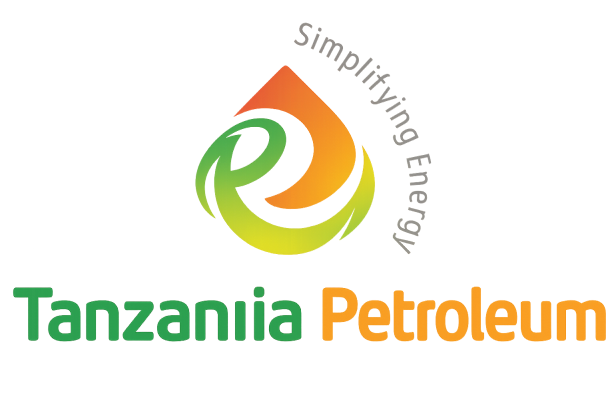Overview
The lubricant oil market in Kenya is an integral part of the country’s broader industrial and automotive sectors. Lubricants are crucial for minimizing friction, reducing wear and tear, and enhancing the efficiency of machinery and automotive engines. With Kenya being one of the key economic hubs in East Africa, its lubricant market is influenced by various factors, including industrial output, automotive sales, and general economic conditions.
Market Size and Segmentation
Kenya’s lubricant oil market size is expected to reach 85.35 million liters in 2024 and grow to 109.11 million liters by 2029.’ as of the most recent comprehensive market studies. This market is characterized by several distinct segments, including automotive lubricants, industrial lubricants, marine lubricants, and metalworking fluids.
- Automotive Lubricants:
- Passenger Vehicles: This segment is driven by the personal and commercial ownership of vehicles. With an increase in the middle-class population and improved purchasing power, there is a corresponding rise in the number of vehicles on the road.
- Commercial Vehicles: This includes trucks, buses, and other forms of public and commercial transport. Given Kenya’s strategic position as a logistics hub for East Africa, this segment is particularly significant.
- Industrial Lubricants:
- This segment caters to industries such as manufacturing, agriculture, mining, and construction. The industrial sector in Kenya has been growing steadily, contributing to an increased demand for lubricants necessary for the efficient functioning of machinery and equipment.
- Marine Lubricants:
- Kenya’s port of Mombasa is a major entry point for goods and commodities into East Africa. The maritime industry requires specific lubricants for the ships and port machinery, adding another layer to the demand.
- Metalworking Fluids:
- These are used in manufacturing processes that involve the cutting and shaping of metals. Kenya has a developing manufacturing sector that inputs into this sub-segment of the lubricant market.
Key Players
Shell, TotalEnergies, OLA Energy, Kenol & Kobil, and National Oil Corporation of Kenya dominate the Kenyan lubricant market.The market structure is competitive, with global players leveraging advanced technologies and strong brand reputations, while local companies often compete on price and service.
Distribution and Sales Channels
Lubricants in Kenya are distributed through a variety of channels, including:
- Dealerships and Service Stations:
- Both multinational and local oil companies have extensive networks of dealerships and service stations where end consumers can purchase lubricants directly.
- Retail Outlets:
- Retail stores and supermarkets also supply lubricants, catering predominantly to individual vehicle owners.
- Direct Sales to Industries:
- Lubricant suppliers often engage in direct sales to industrial clients, ensuring they meet specific lubrication needs of industries.
- Online Platforms:
- An emerging channel in recent years, online marketplaces provide convenience for consumers to order lubricants.
Economic Indicators and Growth Drivers
Several economic indicators and growth drivers influence the lubricant market in Kenya:
- Economic Growth:
- Kenya’s GDP growth has been positive, although subject to cyclical fluctuations. Economic growth drives industrial activities, which, in turn, increase the demand for lubricants.
- Automotive Sector Growth:
- Enhanced economic conditions have led to an increase in vehicle sales—both new and second-hand. This growth positively impacts the demand for automotive lubricants.
- Industrial Development:
- Government and private sector investments in infrastructure and industrial projects lead to higher consumption of industrial lubricants.
- Agricultural Mechanization:
- Agriculture is a major sector in Kenya. Modernization and increased mechanization of agriculture require specialized lubricants for farm machinery.
Future Prospects
The Kenyan lubricant market is poised for growth driven by several factors:
- Urbanization and Infrastructure Development:
- Continued urbanization and infrastructural projects, including the construction of roads, railways, and ports, will heighten the need for lubricants in machinery and construction equipment.
- Expansion of Industrial Base:
- With increased foreign direct investments and government policies aimed at industrialization, the demand for industrial lubricants is expected to grow.
- Technological Advancements in Lubricants:
- Innovations in lubricant formulations that offer better performance and longer life can drive higher market penetration as industries and consumers look to optimize costs and efficiencies.
- Increased Vehicle Ownership:
- A growing middle class and more accessible automobile financing options are likely to increase vehicle ownership rates, thereby boosting the automotive lubricant segment.
Challenges and Considerations
Even with positive growth drivers, it’s crucial to consider potential challenges:
- Price Fluctuations of Raw Materials:
- The cost of base oils and additives, crucial raw materials for lubricants, can be volatile. Companies need strategies to manage cost variations.
- Competition:
- Intense competition from both global and local players can lead to price wars, impacting profit margins.
- Consumer Education:
- There is a need for ongoing consumer education regarding the importance of quality lubricants for vehicle and machinery longevity.
Conclusion
Kenya’s lubricant market size is expected to reach 85.35 million liters in 2024 and grow to 109.11 million liters by 2029., is a dynamic and growing segment driven by automotive and industrial demand. As Kenya continues on its path of economic development, infrastructural expansion, and industrialization, the lubricant market is expected to expand correspondingly. Proper strategic planning, a strong understanding of market dynamics, and innovation will be crucial for stakeholders looking to capitalize on the opportunities within this market.






